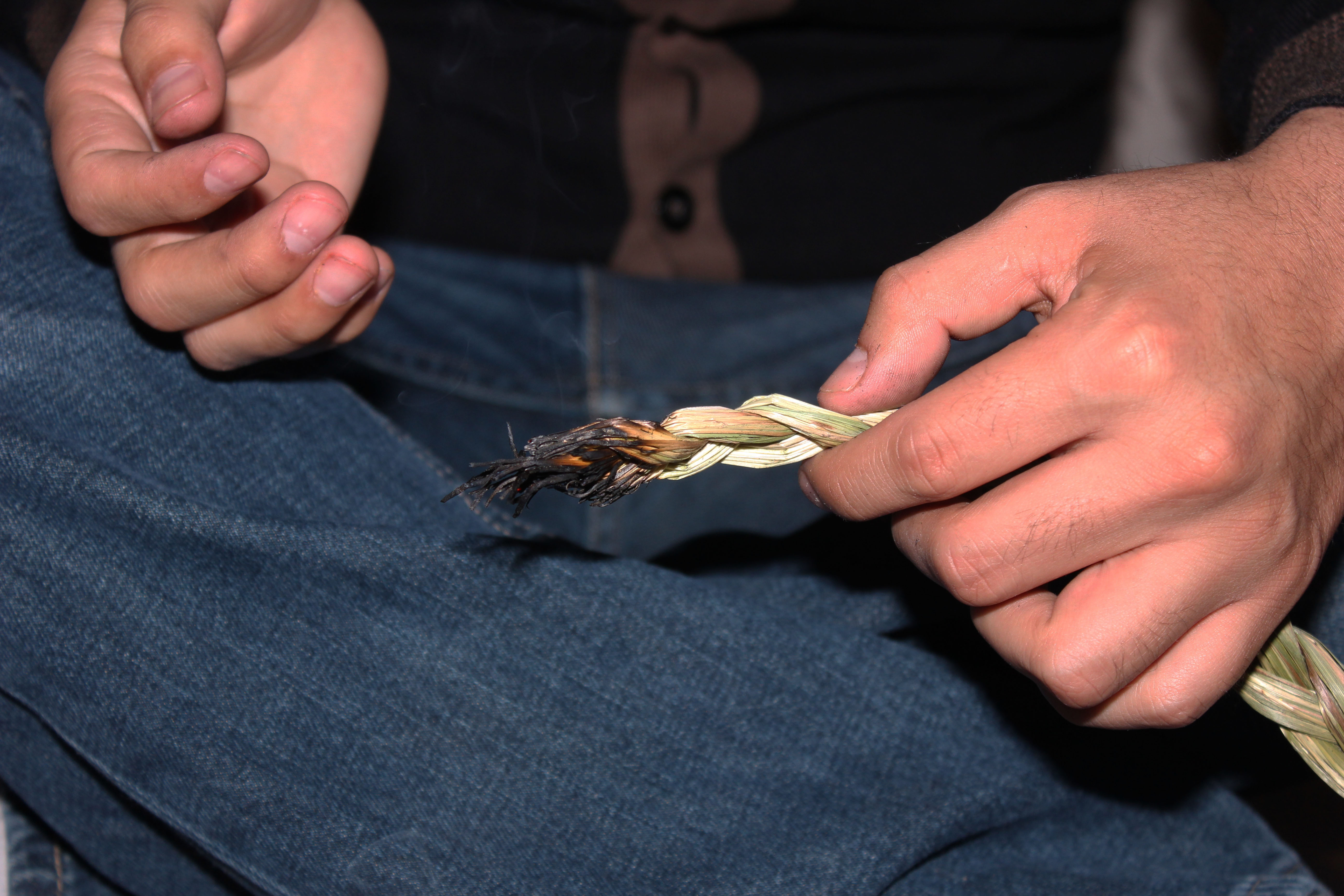Surrounded by the largest reserve in Canada, Lethbridge is home to a rich wealth of indigenous culture.
Thinking back to her childhood, one Blackfoot elder remembers the days when she was a young girl living in a world that was full of rich culture.
Shirlee Crow Shoe, from the Piikani Nation, spent the majority of her childhood living on the reserve with her grandmother.
It was a time when the Blackfoot people were adapting to the new culture of the growing city of Lethbridge.
Crow shoe shares what it was like living in their small log house with linoleum floors, two rooms and a few windows.
“It was a very simple floor plan,” Crow Shoe adds.
She goes onto say a lot of the elders she grew up with were born in tepees. Eventually with colonization they had to leave the tepee behind and move into one-room houses added Crow Shoe.
Transferring those traditions from teepees to houses, many elders still had their doors facing east said Crow Shoe.
A practise Blackfoot ancestors used many years ago to greet the sun first thing in the morning.
Crow Shoe feels fortunate she grew up close to the traditional way of life. Being close to her grandmother, she attended a lot of traditional games and ceremonies.
Crow Shoe is a respected elder in the community. Her knowledge on the traditional Blackfoot way of life doesn’t go unnoticed by members of her community.
She says the values she learned in her childhood will be passed onto younger generations.
One Blackfoot man is an example of passing those traditions onto a younger generations.
Nathan Warrior, from the Piikani Nation, grew up in a home where his parents prayed differently from the Blackfoot culture. He expresses his lost connection when going to church with his parents.
When Warrior was eight, he joined the Niipoo’maakiis society (Chickadee society). During these four years he learned the Blackfoot language, songs, ceremonies and traditional ways of the Blackfoot people.
“Going through this, I really felt connected. In a church I never really felt connected. There was always pressure to be someone I’m not,” Warrior said.
He adds that talking to different elders around the reserve led him to gain more knowledge and find out more about himself as a person.
“What really helped me and grounded me was culture, going to sweat lodges, ceremonies, bundle openings,” he adds.
Warrior recently moved to Toronto to go to school and study art and theatre. He expresses that without his strong connection to his culture, he wouldn’t have the courage and determination he does today.
Locally, the college and university dedicate one week to honour the Blackfoot people attending those institutions.
Martha Many Gray Horses is the director of FNMI services at the University of Lethbridge.
She believes that universities started celebrating First Nations based on a social justice movement.
“That was a powerful way to restrain or strengthen your culture,” Many Grey Horses said.
She adds she feels the culture is still rich and strong today.
Head Smashed in Buffalo Jump and Writing-on-Stone Provincial Park are two local resources that teach those wanting to know more about the Blackfoot culture.
Blackfoot culture rich and diverse

Copyright © 2015. All Rights Reserved. No part of this website may be reproduced without written consent. Please contact news@lethbridgecampusmedia.ca for more information. We encourage all readers to share their comments on our stories, photos, video, audio, blogs, columns and opinion pieces. Due to the nature of the academic program, comments will be moderated and will not be published if they contain personal attacks, threats of violence, spam or abuse.
Please visit our editorial policy page for more information.
